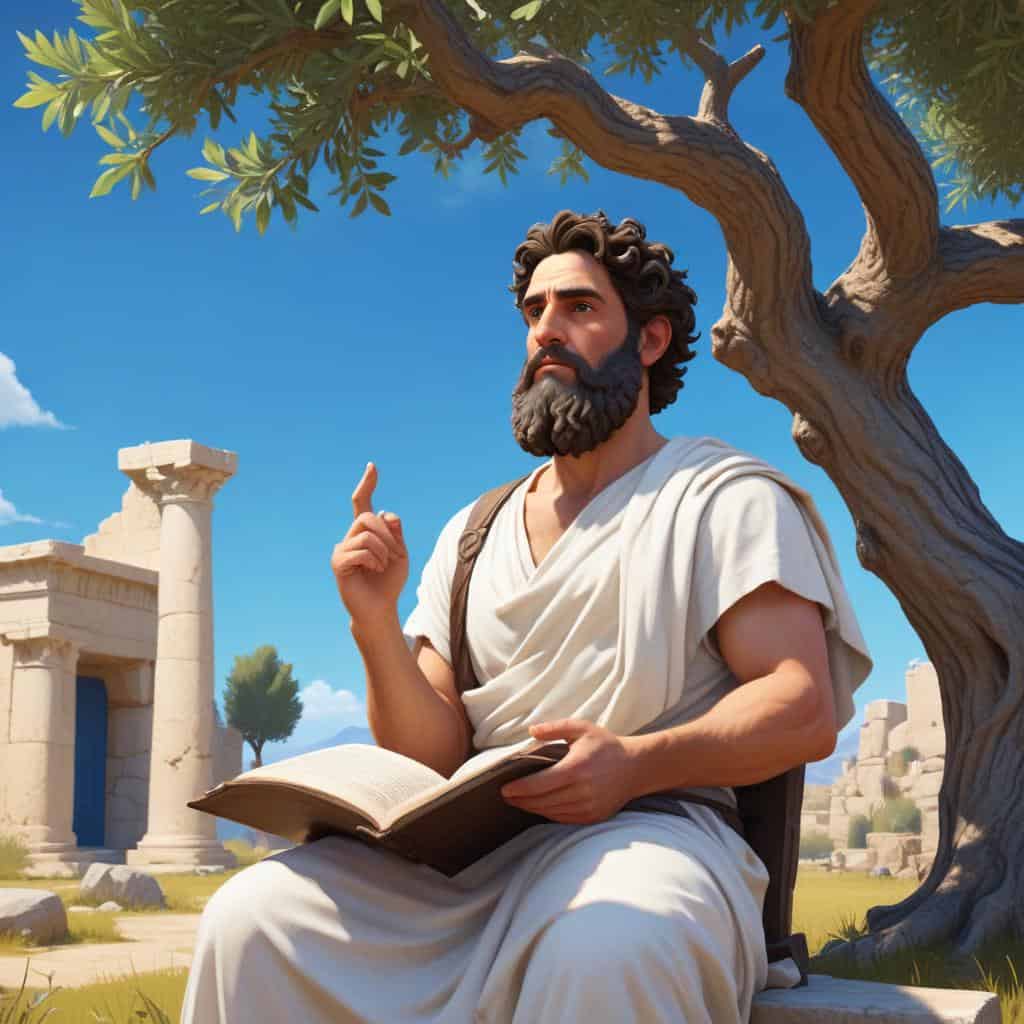The English Civil War was a series of armed conflicts in England that took place between 1642 and 1651. It was fought between the supporters of King Charles I and those of the English Parliament. The war resulted in the execution of the king and the establishment of a republican government in England. The conflict had significant political, social, and religious implications for the country.
Summary List
- The English Civil War took place in the mid-17th century.
- It was a series of armed conflicts between Parliamentarians ("Roundheads") and Royalists ("Cavaliers").
- One of the key issues was the power struggle between King Charles I and Parliament.
- The war resulted in the execution of King Charles I in 1649.
- The conflict ultimately led to the establishment of a republican Commonwealth under Oliver Cromwell.
Games and Apps
Learning Modules
The Commonwealth (1649-1660)
The Commonwealth of England, Scotland, and Ireland was a short-lived republic established after the execution of King Charles I. Led by Oliver Cromwell, this period saw the rise of Puritanical rule, military expansion, and the abolishment of the monarchy. Its legacy is a controversial chapter in British history.
I Want To Learn This!Strange history of the English civil war
Delve into the enigmatic and tumultuous era of the English Civil War, a period marked by political intrigue, religious upheaval, and social conflict. Uncover the strange and lesser-known events that shaped this pivotal moment in British history, shedding light on the complexities of war and revolution.
I Want To Learn This!Battle of Edgehill (1642)
In 1642, the Battle of Edgehill marked the beginning of the English Civil War. Royalists clashed with Parliamentarians in a bloody conflict that would shape the course of history. The outcome of this pivotal battle would set the stage for years of brutal warfare and political upheaval.
I Want To Learn This!Siege of Gloucester (1643)
In 1643, the Siege of Gloucester was a pivotal moment in the English Civil War. King Charles I's Royalist forces laid siege to the city, but the Parliamentarian defenders, led by Sir Edward Massey, held strong against the odds. The siege ultimately ended in a dramatic and decisive victory for the Parliamentarians.
I Want To Learn This!Battle of Marston Moor (1644)
The Battle of Marston Moor in 1644 was a pivotal moment in the English Civil War, with Parliamentarian forces led by Oliver Cromwell facing off against Royalist troops under Prince Rupert. The fierce fighting and strategic maneuvering on the battlefield would ultimately determine the fate of the nation.
I Want To Learn This!Battle of Naseby (1645)
The Battle of Naseby in 1645 was a decisive turning point in the English Civil War, with Parliament's New Model Army defeating King Charles I's Royalist forces. This battle marked the beginning of the end for the Royalists and set the stage for Parliament's ultimate victory.
I Want To Learn This!Surrender of Oxford (1646)
Surrender of Oxford in 1646 marked the end of Royalist control in the English Civil War. The city's capitulation to Parliament forces reshaped the course of history, leading to the eventual defeat of King Charles I. Explore the pivotal moment when power shifted in this decisive battle.
I Want To Learn This!Pride’s Purge (1648)
In 1648, during the English Civil War, Colonel Thomas Pride led a controversial purge known as "Pride's Purge." This event saw the expulsion of moderate Members of Parliament, leaving only radicals and supporters of the army in power. The purge ultimately paved the way for the trial and execution of King Charles I.
I Want To Learn This!Second Battle of Worcester (1651)
The Second Battle of Worcester, fought on September 3, 1651, was a decisive conflict in the English Civil War. Oliver Cromwell's Parliamentarian forces defeated the Royalist army, effectively ending the Royalist cause and solidifying Cromwell's power in England. The battle marked the final defeat of King Charles II's attempt to regain the throne.
I Want To Learn This!Trial and Execution of King Charles I (1649)
In 1649, King Charles I stood trial for treason against his own people, ultimately leading to his shocking execution. This pivotal moment in English history marked the end of the monarchy and the beginning of a new era of parliamentary power. Discover the dramatic events that forever changed the course of the nation.
I Want To Learn This!Restoration of the Monarchy (1660)
After years of political turmoil, the Restoration of the Monarchy in 1660 brought King Charles II back to the throne in England. This period marked a return to stability and brought about significant cultural and social changes, shaping the future of the nation for years to come.
I Want To Learn This!












